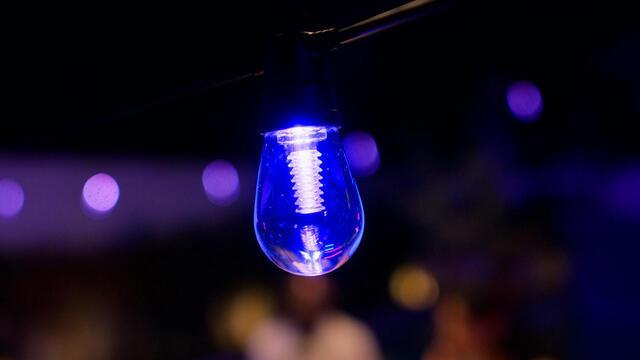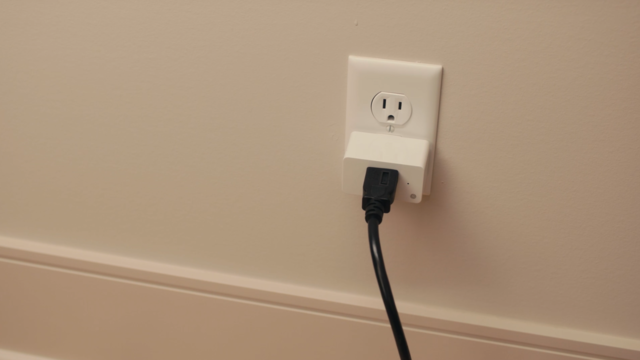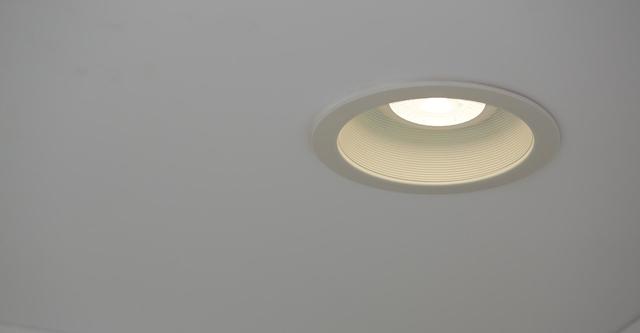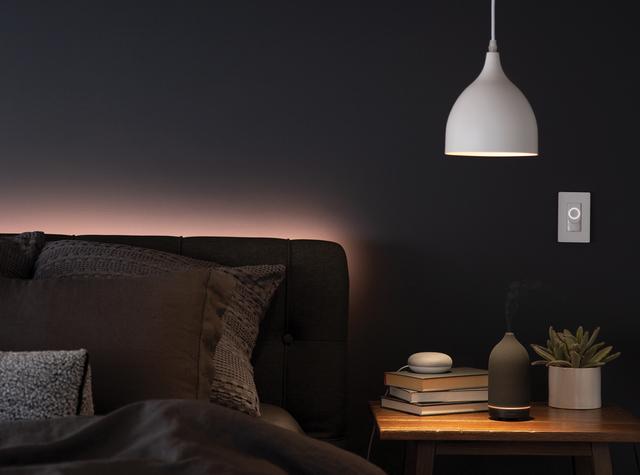Last updated: 06 March, 2024
To understand the impact that light has on mental performance, let’s take a trip down memory lane. Think back to grade school, when your teacher would dim the lights to indicate it was independent work time. Or on testing days, when all the overhead lights would be set to full brightness, projecting a harsh glow on the classroom. And of course, quiet time, when you could relax under a warmly lit lamp as your teacher read a story. (We’re getting all sleepy just thinking about it!)
Believe it or not, your school probably knew what it was doing, and all the lighting choices in those nostalgia-inducing scenarios were probably carefully selected to fit the different activities. Because lighting temperature serves more of a purpose than just adding to the aesthetic—it can also have a psychological impact on your mind and mental well-being. So, which lighting is best for maximizing productivity and focus? Relaxation? Creativity? Let’s talk about it.
Lighting for Productivity and Focus
It’s always important to know which lighting temperature best creates a focus-forward environment. So that when it’s time to buckle down and get work done, you can tap into your strongest, most productive self.
Scientists recommend using bulbs that produce cool lighting* in the places where you are typically most active (or where you try your hardest to be). This is because blue tones more closely resemble the light from the sun—alerting your mind that it is time to seize the day!
For the most invigorating light, go for our refresh™ HD LED. These bulbs, available in Daylight and Cool Daylight temperatures, are specifically made for the spaces where you are most active. You can strategically install these bulbs in your office, workout area, or garage for crisp, energizing lighting.
For the best quality of light, you may want to choose our reveal® HD+ LED bulbs. They provide the most pure, clean light—which can certainly help when you need to focus up.
Now, it’s important to consider which lighting you should avoid when setting out on a journey of productivity. While warmer, red-toned lighting can be soothing, it usually does not make for the best studying, test taking, or getting-work-done environment. It certainly has a time and a (cozy) place, but that’s not in the classroom, your home office, or other active spaces where you need to dial in.
Lighting for Relaxation
Like warm bath water soothes your muscles after a long day, certain lighting choices can do the same for your mind. Warm lighting sets the tone for you to settle down and best promotes relaxation, according to UNC Kenan-Flagler Business School.
Highly saturated red toned lighting may even leave a great emotional impact on your mind.**
For the places you go to unwind, our appropriately named relax™ HD LED is the ideal bulb. Available in Soft White and Warm White temperatures, these bulbs promote relaxation through their natural, earthy tones.
We recommend that you place warm lighting in your family room, dining room, or reading nook. But, the perfect light placement all depends on how you go about your daily routine.
If you deal with a lot of stressors in your day-to-day life or find it difficult to fall (and stay) asleep at night, you might want to consider swapping out your cool toned light bulbs for our sun filled LED™ bulbs. These bulbs limit blue light peaks, so your mind can get ready for bedtime, whereas cool lighting (just like a cold plunge) keeps your brain alert and awake.
So, if you are looking for some more calmness in your life, dipping into warm lighting might be your pathway to peace.
Lighting for Creativity
If you work in an industry that requires you to be creative, or if you are interested in more artistic hobbies like painting, writing, or crocheting, it’s important to consider how the lighting in your office or make-shift art studio impacts your ability to create.
A study*** shows that dim lighting best promotes creativity. Researchers observed students working in brightly lit and dimly lit environments. The students in brighter rooms demonstrated lower levels of creativity. This may be because they perceive the bright overhead lighting as a constraint to their creativity.
Meanwhile students in the dimly lit setting demonstrated more creative risks and explored more unique ideas. Dim lighting creates the opposite of a dull working environment—one that promotes self-expression without restriction or surveillance from others, opening the mind to more possibilities.
Whether you’re a left-brain centric person who thrives on numbers and logic or a right-brain person who is an imaginative free thinker, creativity is a part of everyone’s lives. And that’s a good thing! Prioritizing creativity in your day-to-day can add excitement to your routine and help you lead a more interesting life. Just make sure the lights are dim for your best, shining-star results.
As you test out different lighting temperatures and styles, we hope you find what best suits your needs. Once you’ve settled into your new space for creativity, focus, or relaxation, be sure to snap a pic and share it on social media. Don’t forget to tag us (@GELighting)!
* https://onlinemba.unc.edu/news/how-lighting-affects-productivity/
** https://solutions.borderstates.com/how-lighting-affects-mood/
*** https://www.sciencedirect.com/science/article/abs/pii/S0272494413000261






